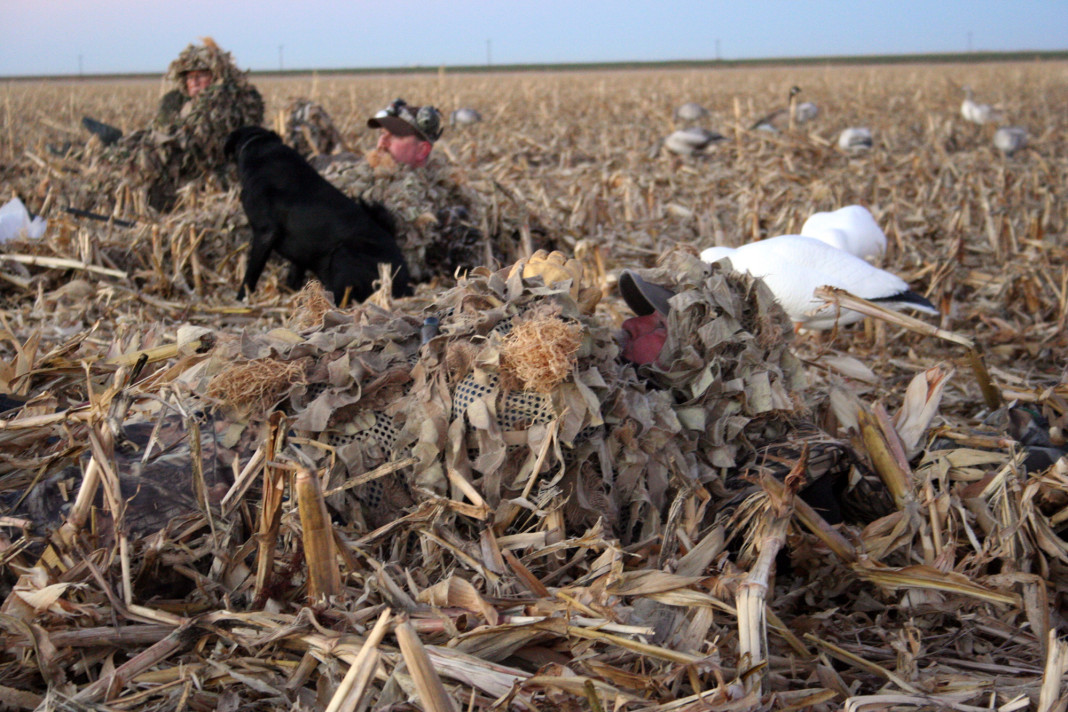The deluge of frigid weather that has sunk its fangs into chunks of Texas and the rest of the country this month again has brought with it a silent beast.
This predator is the No. 1 killer of outdoorsmen and women and isn’t selective in other scenarios, and it slowly can suck the life right out of you.
It’s hypothermia.
Cold Injuries: Some confuse hypothermia with frostbite. While the two usually occur to someone who has had prolonged exposure to cold temperatures, they are not the same, according to the Centers for Disease Control and Prevention. Hypothermia describes the condition that occurs when there is a decrease in core body temperature. Frostbite is a localized condition to parts of the body such as feet or hands.
Frostbite may or may not occur with hypothermia.
Among the beginning symptoms of hypothermia, which is accepted as occurring when body temperature reaches 95 degrees, are intense shivering and an increase in heart rate, breathing rate and blood pressure. As the condition gets worse, the affected person may lose coordination and slur his speech. If the person’s body temperature falls below 90 degrees, his heart rate will become irregular and brain activity will become severely affected, making the person appear to be in a stupor and unable to properly assess how he feels.
Other warning signs include pale, cold skin and apparent exhaustion.
Among the factors that intensify hypothermia’s effects are wind and water. Water can chill the body up to 25 times faster than cold air alone. The higher the wind, the faster it too can sap your warmth.
I’m reminded of a sad story of a family that was goose hunting in January 2009 on Lake Greenbelt when a teen’s kayak capsized as he attempted to retrieve downed birds and his father went into the 40-degree water to attempt to save him. They didn’t have life vests and the frigid water likely had a great deal to do with sapping their strength and contributing to their drowning deaths.
According to medical reports, those most at risk for developing hypothermia are the elderly and babies. There have been numerous horror stories of elderly people walking outside or losing power to their house, only to succumb to the elements in a matter of hours. The same goes for babies, who can’t tell you what’s wrong with them.
Plan for the Worst: The biggest myth about hypothermia is the weather has to be freezing for it to take hold.
It doesn’t.
There have been many people who have gone hiking or camping on a bright, warm day in T-shirts and shorts, only to be faced with quick weather changes.
Some made it back.
Some were never heard from again.
One of my most mind-numbing experiences was on a July fishing trip during my youth on Lake Yellowstone. It had been warmer in town, but when we hit the lake, it felt Antarctic.
We slammed the cutthroats for hours with a variety of jigs, but in the process I came down with a half-day case of the shivers and probably lowered my IQ a notch. While it probably wasn’t that high to begin with, I learned some things that day.
The main thing I learned is to be prepared. It sounds almost too simple, but know where you’re going and what the forecast is. We had enough clothes for a little while in the cold that day on Yellowstone, just not as long as we needed to.
It also helps to dress in layers, preferably ones without cotton. Cotton expands when it gets wet and takes longer to dry out than other clothing fibers. Dressing in layers allows the ability to peel off a layer rather than sweating and getting colder because of moisture on your skin.
You don’t have to partake in outdoor activities to be in danger, either. What happens if you break down on the side of the road? Even in our civilized world, it might take help more than 15 minutes to get there.
The items to keep in your car this time of year include a cell phone, a sleeping bag, a portable heater, water, non-perishable food, extra clothes and some type of ice melt or shovel.
Should you or someone else begin to suffer from a big chill, there are a number of things to safely do to help raise body temperature, according to the CDC. They include covering your head, face and neck, from which a lot of heat an escape, and also wrapping someone and putting them near a warm surface. If you can, give the affected person a warm liquid if they are responsive, but not alcohol.
You should avoid applying direct heat and don’t rub or further agitate someone’s body as they are at an increased risk of cardiac arrest, according to the CDC.




















